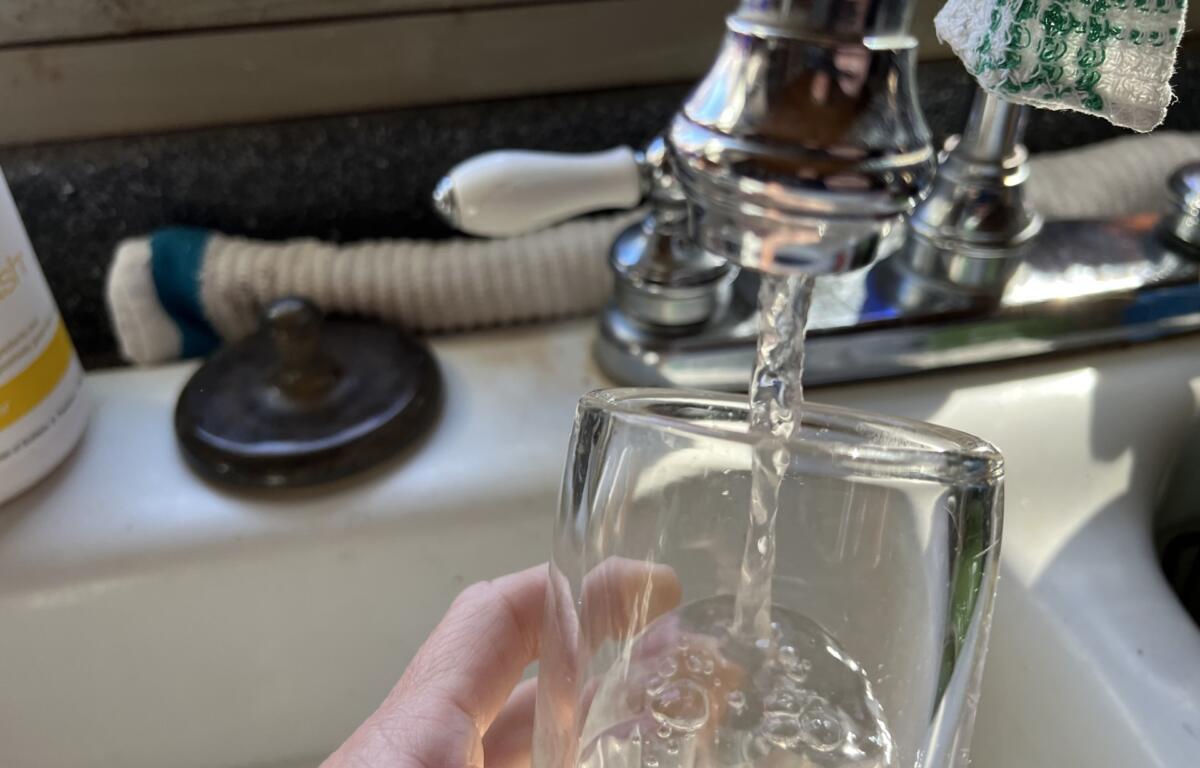ASHEVILLE, N.C. (828newsNOW) — It’s been weeks since the remnants of Hurricane Helene disrupted water service to thousands in the Asheville area.
The storm wreaked havoc at the North Fork Treatment Plant, prompting officials to focus first on the system’s mangled 36-inch bypass line.
The hope was that while crews were working on that line, sediment in the North Fork Reservoir would settle and the water would return to its usual pristine state.
But that didn’t happen, and the decision was made to bypass the plant’s filter system since the sediment would ruin it and begin restoring water service by sending highly chlorinated water into the pipes.
That brought up questions about what is in the water that has been deemed safe for showers and flushing but unsafe for drinking or cooking.
Earlier this week, city officials said Water Resources lab staff were conducting daily testing at the water source and throughout the distribution system for total coliform, E. Coli and chlorine.
“To ensure the safety of customers, Water Resources, with guidance from the EPA and North Carolina DEQ, developed and implemented a water sampling plan specific to recovering from Helene,” officials said in a statement.
There are 184 sampling stations — most going right into the water lines –throughout the distribution system.
“Under normal conditions, eight-10 stations per day are tested. However, since Helene, there are 35 stations per day on average,” the statement said.
Water Resources’ in-house testing is slightly more accurate when the water is clear. As a result, samples are sent to a third-party lab, and the results have a turnaround time of seven-10 days officials said.
Water is being tested for aluminum, iron and manganese daily, officials said. Under normal conditions, weekly tests for aluminum, iron and manganese are done at the source and on finished water from a faucet in our lab. Typically, results that indicate elevated levels of iron, manganese and aluminum are extremely rare.
To protect human health, the federal government has set secondary maximum contaminant limits (recommended acceptable levels of each) in drinking water
- Aluminum – 0.05-0.2 ppm
- Iron – 0.3 ppm
- Manganese – 0.05 ppm
- Chlorine – 4 ppm (After Helene, the EPA and NCDEQ allowed the city to chlorinate initially at 8 ppm, which it did, but has since dropped down to 6 ppm)
- Total coliform – No more than 5 positive tests in a month (the city has had zero since Helene)
- E.Coli – 0.00 (there have been no detections since Helene)
Meanwhile, at the reservoir, standard water treatment chemicals are being used to help bind with the sediment to remove it from the water. After consulting with the Environmental Protection Agency, the city hired a private contractor to source and install curtains in the area of the reservoir closest to the treatment plant. The curtain will help provide coagulation.
Water restoration updates from the city of Asheville can be found here.
There is also a Sampling Plan for the North Fork Raw Water testing, performed everyday. To read the full plan, click here.


